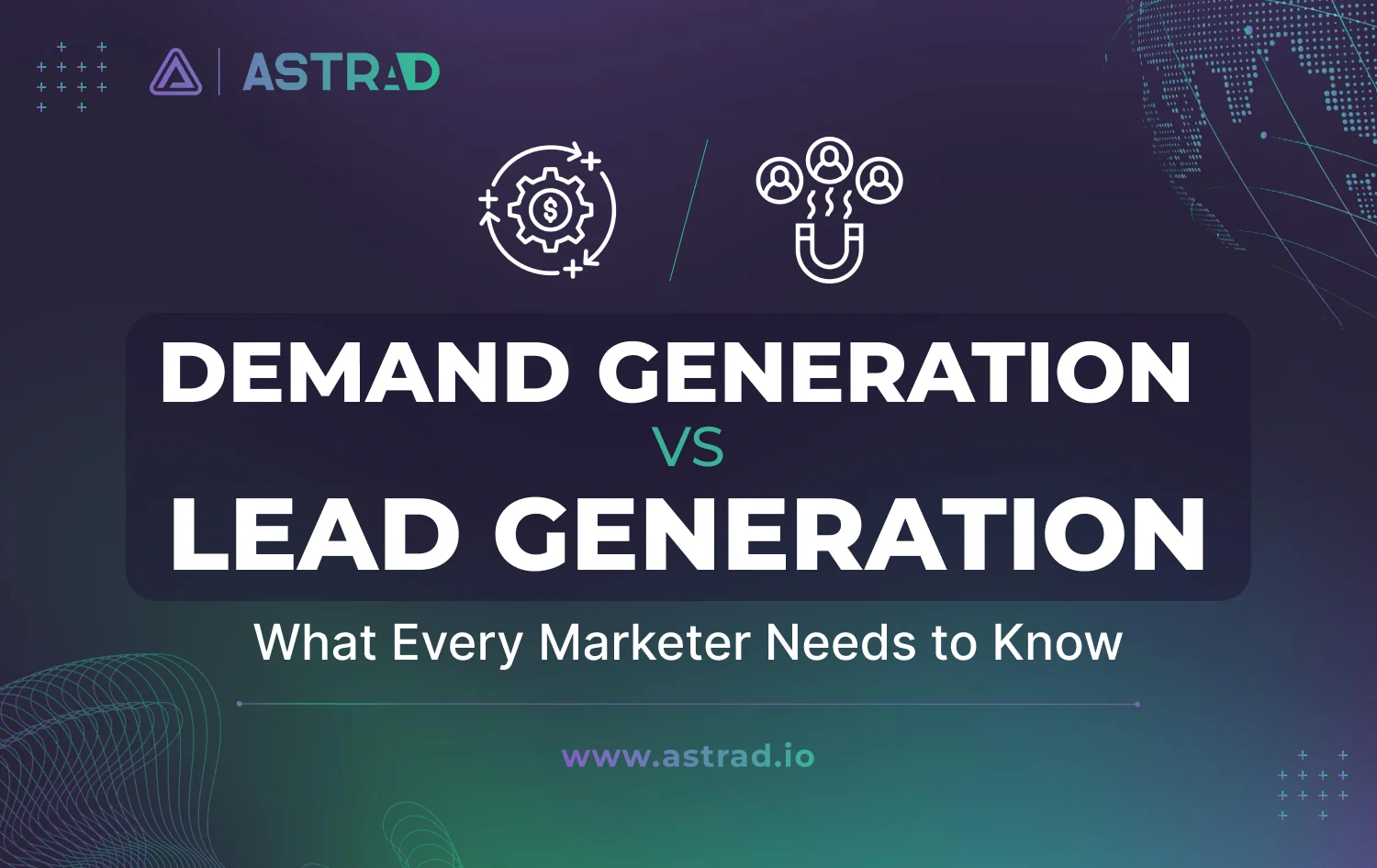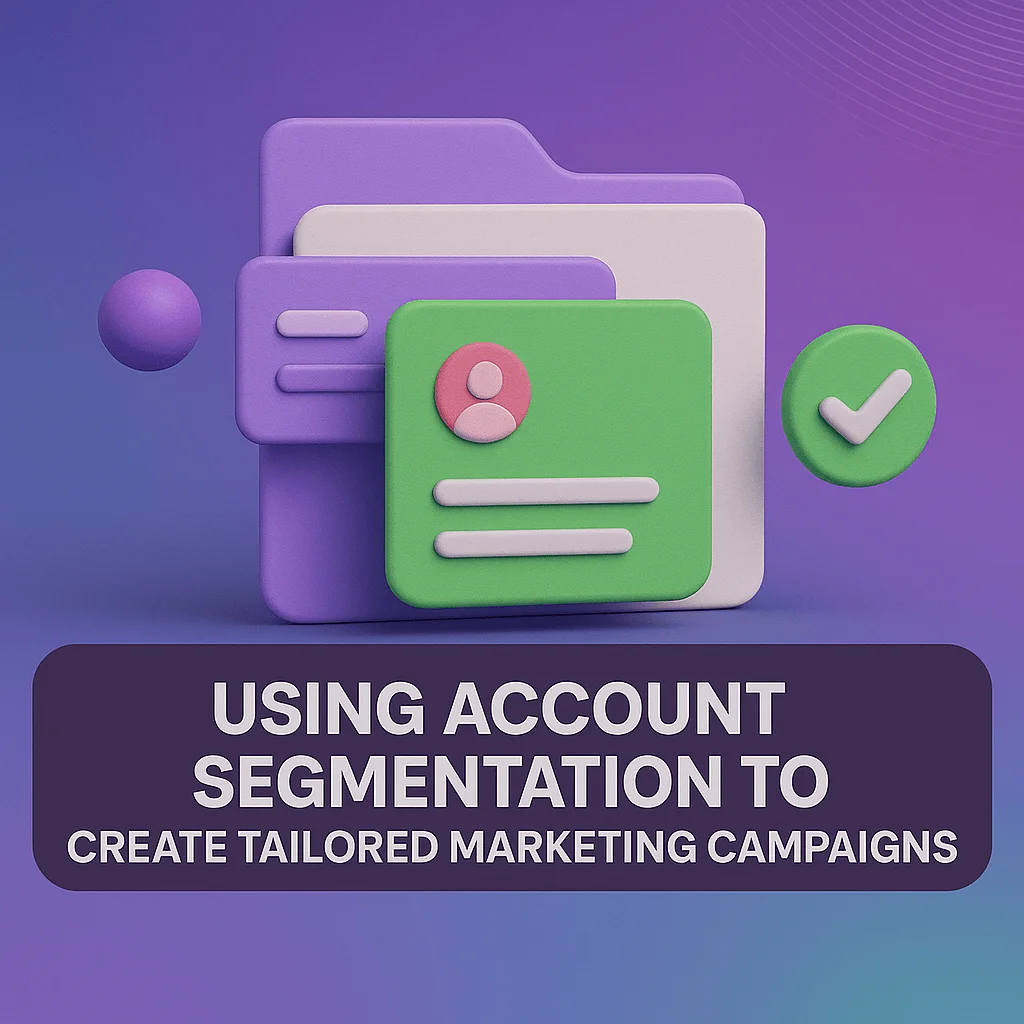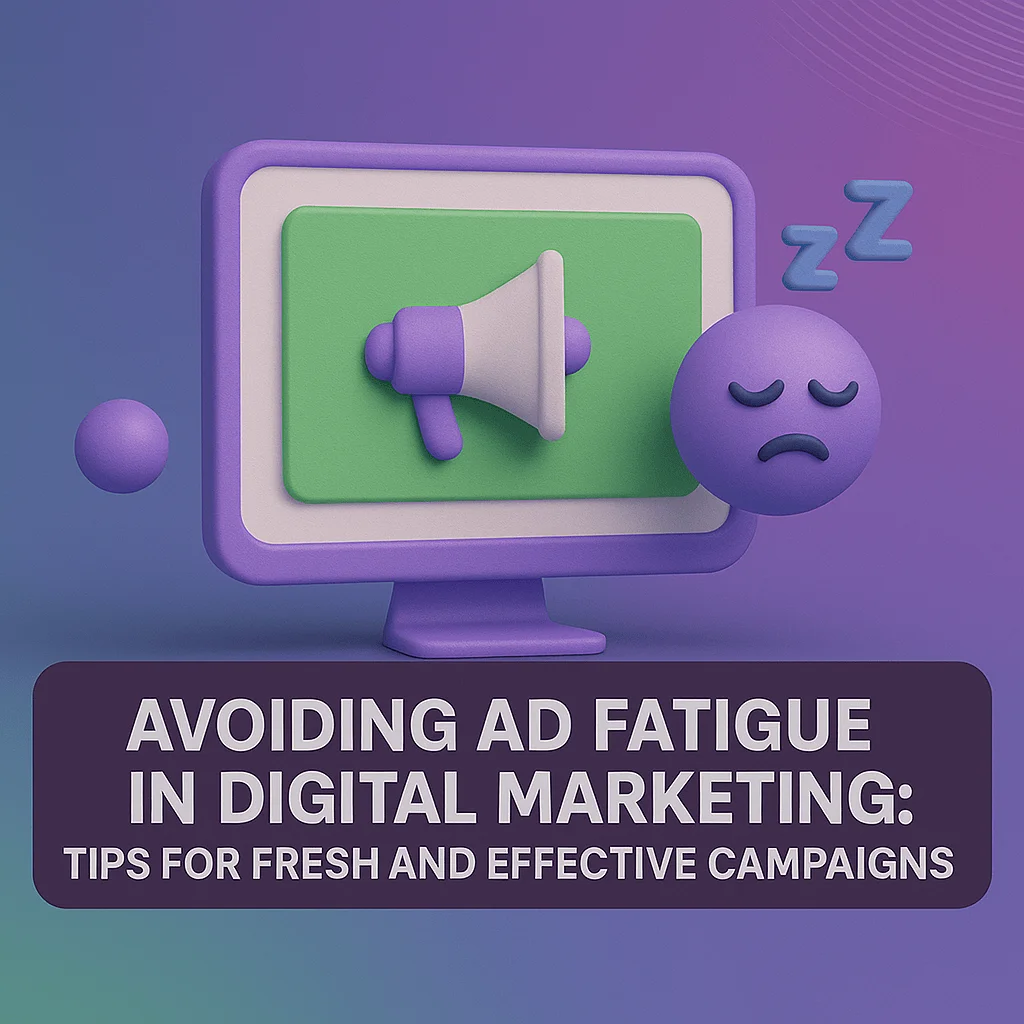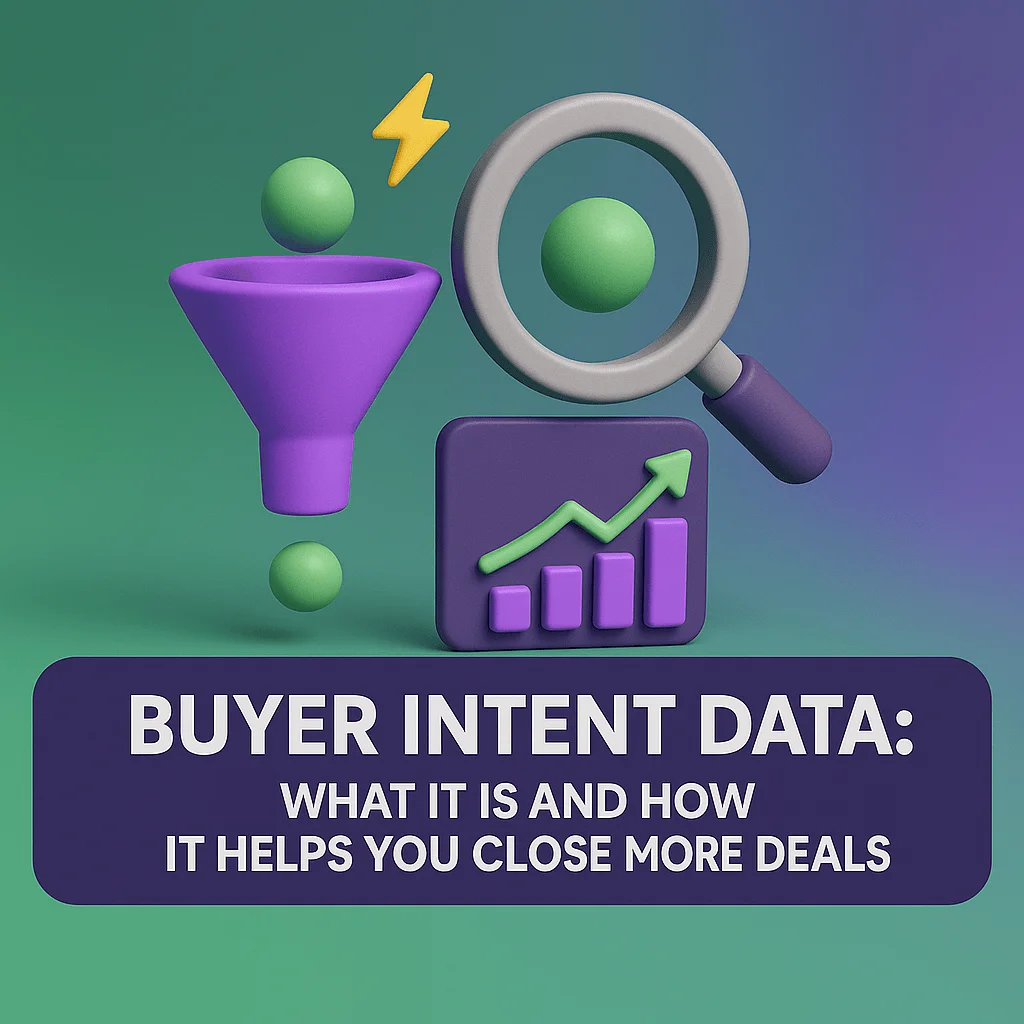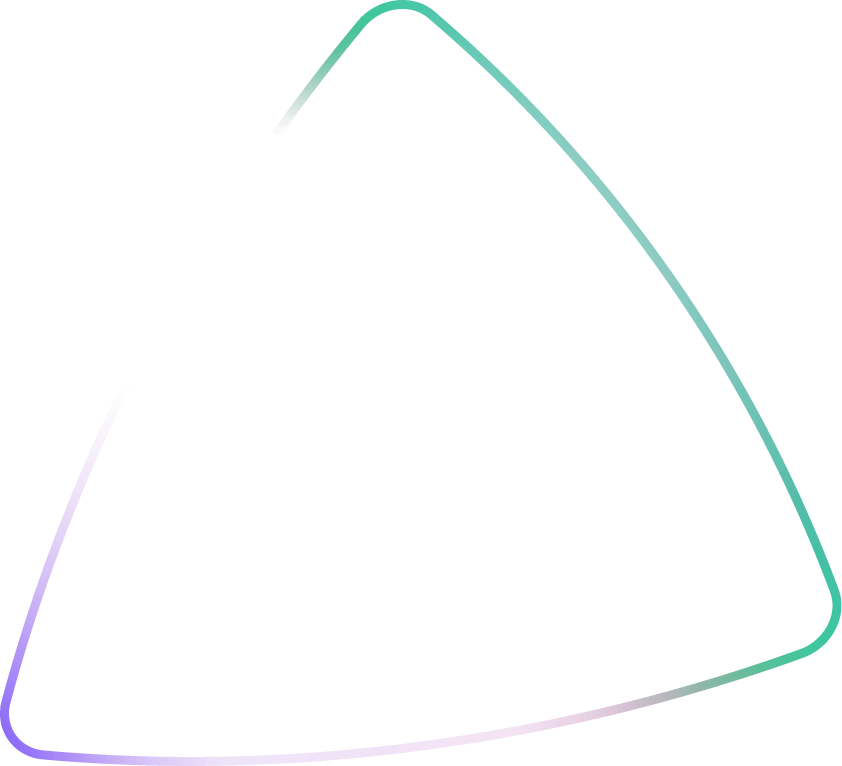Something as seemingly trivial as misunderstanding a single word in a complex term can end up costing your company millions in marketing revenue. Confusing demand for lead could land you in significant financial trouble. In the intricate marketing world, understanding the difference between demand generation vs. lead generation is crucial to achieving optimal marketing performance. While both concepts aim to capture the attention of potential customers, they differ in their approach and objectives.
Demand generation focuses on fostering brand awareness and stimulating interest, while lead generation concentrates on capturing contact information to nurture prospects further down the sales funnel. Integrating these strategies into your marketing efforts has proven to be a powerful force — helping businesses to attract a wider pool of potential customers, educate them about their offerings, and ultimately drive conversions.
Understanding Demand Generation and Lead Generation in Marketing
Demand and lead generation are two peas in the same pod — but they differ when it comes to marketing strategies and goals. They can work together to attract and nurture potential customers, but they are not the same. Demand generation focuses on creating awareness and interest in a company’s products or services. It’s about getting you on the map and capturing an audience – not just about making a sale.
Meanwhile, lead generation aims to capture contact information from interested prospects — to create brand loyalty and possibly turn a potential customer into an actual customer. While they have distinct goals that differ, they are interconnected and play complementary roles in the marketing funnel – they overlap.
What is Demand Generation?
Demand generation refers to the strategies and activities aimed at generating demand for what the company offers by raising brand awareness, engaging with target audiences, and nurturing potential customers throughout their buyer’s journey. You might not own an Apple product, but you know about the company, the brand, and their products. You understand its target audience and niche, and it has real estate – regardless if you’re a convert or not – in your mind.
In demand generation, we consider factors such as content marketing, SEO, social media marketing, and influencer partnerships — critical components used in digital marketing. Demand generation aims to educate and create a need for a product or service and set up shop in the minds of potential customers.
What is Lead Generation?
Lead generation focuses on identifying and collecting information about potential customers who have expressed interest in a company’s products or services. It involves capturing the contact details of these potential customers, usually through various marketing tactics such as content marketing, social media campaigns, webinars, events, or landing pages – and then harnessing it. The collected leads can then be nurtured and converted into paying customers through targeted marketing activities.
Demand Generation vs. Lead Generation
Objective and Focus
- Demand generation generates awareness, interest, and demand for a company’s products or services. The focus is on creating brand visibility and positioning the company as a solution provider. It’s a key component in what many call “Holistic Branding.”
- Lead generation identifies and collects information about potential customers who have expressed interest in a company’s products or services. The focus is on capturing contact details and generating qualified leads.
Target Audience
- Demand generation targets potential customers who may not be actively looking for a specific product or service but might have a general need that the company can fulfill.
- Lead generation includes individuals or businesses that have shown some level of interest in a company’s offerings.
Strategies and Tactics
- Demand generation involves content marketing, social media engagement, brand advertising, influencer marketing, public relations, and thought leadership. Tactics may include creating engaging content, running targeted ad campaigns, participating in industry events, and utilizing SEO techniques.
- Lead generation involves creating gated content, running targeted ad campaigns, optimizing landing pages, conducting webinars, participating in trade shows, and implementing email marketing campaigns. Tactics may include using lead capture forms, offering free resources or trials, and utilizing lead scoring methods.
Measurement and Metrics
- Demand generation efforts are measured by metrics like brand awareness, website traffic, social media engagement, reach and impressions, content downloads, and email subscriptions — by dozens of paying tools that create analytics on your actions and activities.
- Lead generation efforts are measured by metrics like the number of leads generated, conversion rates, cost per lead, lead quality, and lead-to-customer conversion rate.
Sales Funnel Stage
- Demand generation activities typically focus on the top of the sales funnel, targeting potential customers at the awareness and interest stages.
- Lead generation activities generally target the middle of the sales funnel, focusing on nurturing leads and qualifying them for the sales team.
Long-term vs. Short-term
- Demand generation aims for long-term results by building brand recognition, fostering customer loyalty, and establishing a solid market presence.
- Lead generation focuses on short-term results in terms of acquiring new customers and conversion efforts.
Integrating Demand and Lead Generation Strategies
Lead generation vs. demand generation — It’s not one or the other. Both serve different purposes, and both can be integrated into your marketing logistics — empowering your outcomes. Here are some key aspects to consider when integrating these strategies:
Understanding the Synergy
Demand and lead generation are interconnected and dependent on each other. Demand-generation activities create brand awareness and interest, which can lead to potential leads. On the other hand, lead generation strategies help convert that interest into qualified leads — lead generation can also help you understand what your potential customer wants, needs, or desires. It can, in essence, help you fine-tune your demand-generation tactics.
Leveraging Complementary Elements
Use demand generation content to attract and engage a wider audience, then incorporate lead capture forms or lead magnets to convert interested individuals into leads. Ensure that both strategies are aligned and support each other throughout the customer journey.
Optimizing Marketing ROI
By integrating demand and lead generation strategies, businesses optimize their marketing ROI. Tracking and analyzing the performance metrics of both approaches allows you to identify what is working well and where improvements can be made.
Achieving Sustained Growth
An integrated approach to demand and lead generation promotes sustained growth by nurturing relationships with potential customers over time. By focusing on both short-term lead acquisition and long-term brand building, you can nurture leads until they are ready to make a purchase decision.
Benefits of Integrating Demand and Lead Generation Strategies
Integrating demand and lead generation strategies offers several benefits for businesses:
- Increased Efficiency: Allows you to streamline your marketing efforts by eliminating duplication of tasks and efforts, resulting in improved efficiency and productivity.
- Enhanced Targeting: This allows you to understand the needs and interests of potential customers and tailor your messaging and campaigns to attract qualified leads who are more likely to convert into customers.
- Improved Conversion Rates: Helps optimize the conversion rates throughout the sales funnel more effectively.
- Better Lead Quality: Ensures that the leads generated through demand generation efforts have a higher chance of converting into paying customers, resulting in higher-quality leads for your sales team to work with.
- Cost Savings: Coordinating efforts and leveraging complementary elements can eliminate redundant campaigns or strategies and allocate resources more efficiently.
- Long-term Relationship Building: Nurturing leads through personalized communication, targeted content, and continuous engagement can build trust and credibility over time.
- Measurable Results: A unified approach allows you to quickly analyze metrics, such as conversion rates, ROI, and customer lifetime value, to gain insights into the effectiveness of your campaigns.
The Power of Integration
Joining and linking up demand and lead generation strategies can be a powerful force for businesses — it enables them to attract and nurture high-quality leads that are more likely to convert into customers. By creating demand for their products or services, businesses can attract a wider pool of potential clients and educate them about the value proposition of their offerings. This, in turn, leads to a higher number of qualified leads who are more likely to be interested in purchasing from the business.
Also, by nurturing leads through the sales funnel, businesses can build trust and relationships with potential customers, further increasing the likelihood of conversion. As a result, integrating demand and lead generation strategies can help businesses achieve their sales goals and grow their business.

